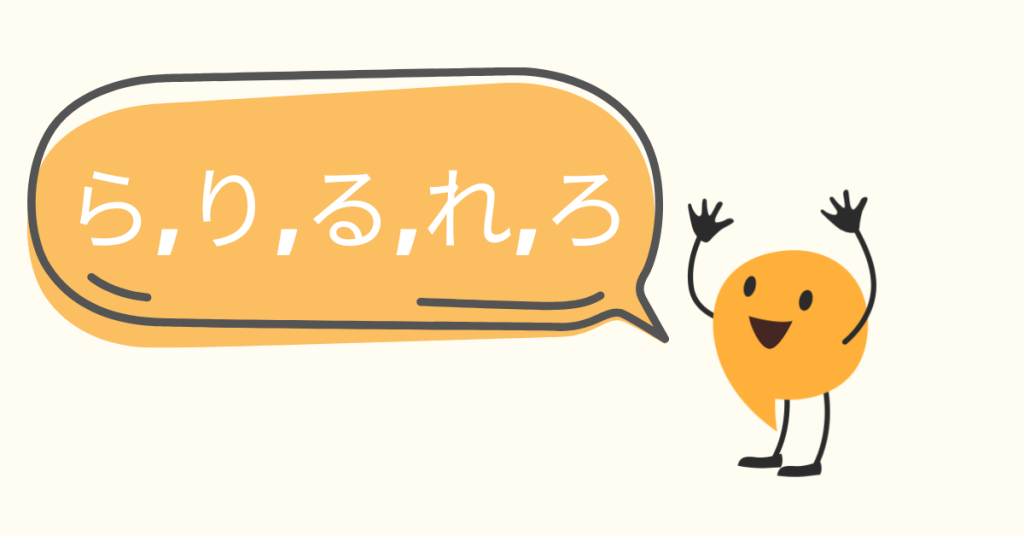There are 46 hiragana characters. Today, we’ll be learning about the Japanese hiragana ri and Japanese ryokan.
Alphabet is the foundation of the English language, and the same thing can be said about hiragana in the Japanese language. Mastering hiragana is important for anyone who wants to learn the basics of Japanese.
As one of the two Japanese alphabets — right next to katakana — hiragana is used for both Japanese grammars and function words.
Having a strong foundation of hiragana means having a generally strong foundation of Japanese skills, too. Yet despite its importance, it shouldn’t take a long time for you to master hiragana.
In fact, with the right teacher and support, it should only take no longer than a week for you to master hiragana, including reading and writing them. Hiragana’s shapes are relatively simple, especially if you compare them to kanji.
Dwell no further. In this blog series, we’ll be breaking down all the Japanese phonetics (AIUEO or あいうえお) for beginners.
Want to take your kanji skills up a notch? Check our comprehensive kanji page for study tips, kanji life hacks and free worksheets!

Today’s Japanese Hiragana: Ri (り)
The hiragana characters for the ‘R’ family have one of the most simple strokes — most of them are less than one stroke and, at the very most, two.
There are the ra, ri, ru, re, ro (ら、り、る、れ、ろ). The character for ri contains two strokes. A lot of people prefer to write them with one stroke, but it’s always great to separate the ri (り) into two vertical lines — the first, left line must be slightly shorter than the right.
Remember to follow the stroke order and practice writing them as it is a great way to help you master hiragana in a short time.
What’s the difference between a Japanese ryokan and a hotel?
What makes a ryokan different from a hotel? I’ll be delving into details about 3 main points below.
1. You’ll find futon on tatami at ryokan
According to a survey in 2014, 50.7% of people in Japan prefer sleeping on Western-style beds to futons. The bed has just overtaken the futon by a slight margin. The main reason? It’s troublesome to set up and fold away the futon.
This is what makes visiting ryokan a special occasion. Someone will set up the futon for you while you’re having dinner in a different room.
Once you return to your room after your meal, you’ll find a perfectly made futon bed waiting for you. It’s one of the best parts of staying at a ryokan.
2. You’ll get to feast in traditional Japanese breakfast and dinner at ryokan
When you’re checking in, it’s not uncommon to be asked what time you’d like to have breakfast and dinner.
However, you’ll have limited options for the time, and a late breakfast or dinner is not acceptable. One student from Spain mentioned that having dinner at 6:30 p.m is way to early if someone wants to spend the day sightseeing.
But we must note that a ryokan is not just a place you stay overnightー it’s an experience in itself.
3. You get to soak in Japanese hot springs (or onsen) at ryokan
This is one of the best parts of the ryokan experience. It’s common to first take a bath after you’ve changed into your yukata.
Don’t forget to indulge in some tea and sweets before your bath. You’ll find them set up on the table in your room and they’re free. The tea and sweets are not only a sign of hospitality, but they also ensure to prevent people from entering the hot spring on an empty stomach.
There are cases where people fall ill after taking a hot spring bath on an empty stomach. I just found out about this recently!
Ryokan embodies the heart of Japanese hospitality. There are people who either love them or hate them, but if you have a chance, you should definitely give it a try. Let me know what your recommended spots are!
Yasuko Hidari received her Masters of Literature at graduate school in Scotland and studied rock music as a commodity. After that, she worked for a culture related think tank.
She has a very extensive knowledge of music and movies. She’s also the co-author of our Japanese beginner textbook, “Nihongo Fun & Easy”.
